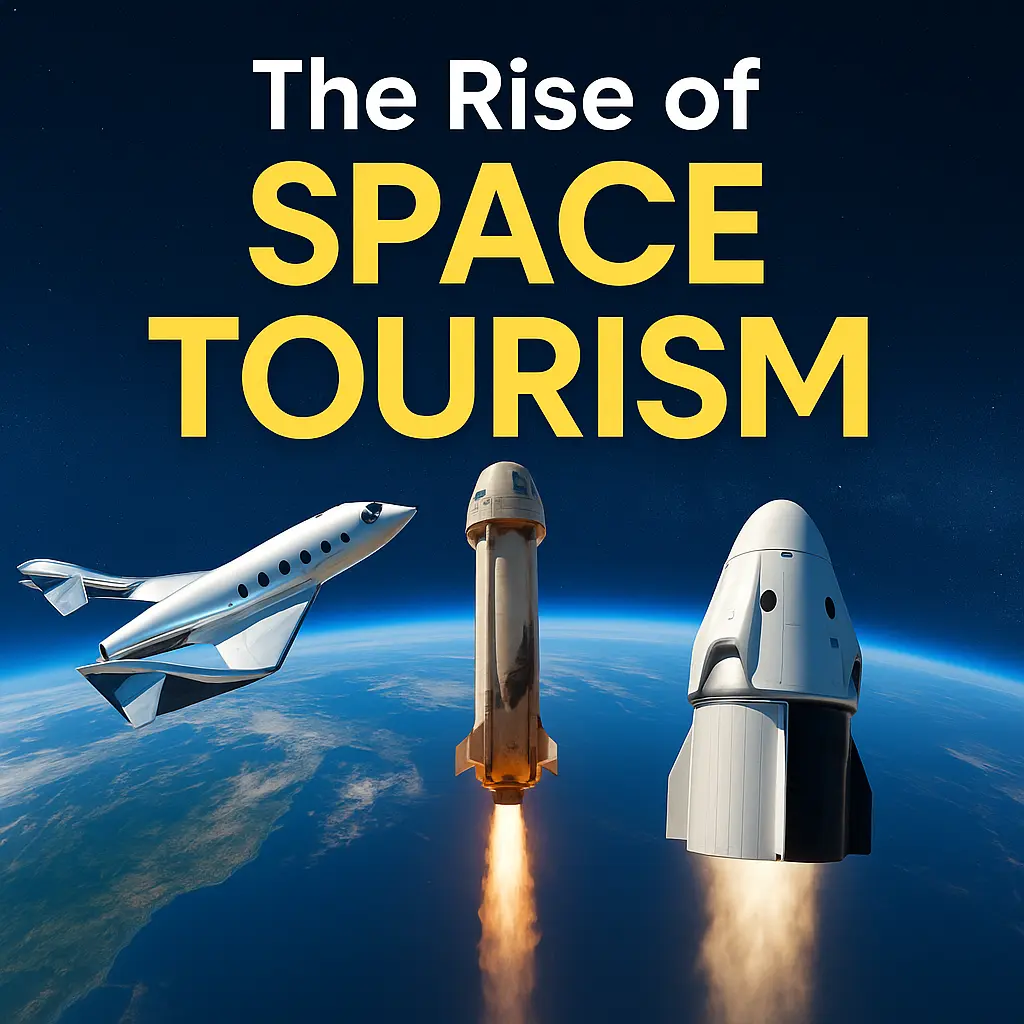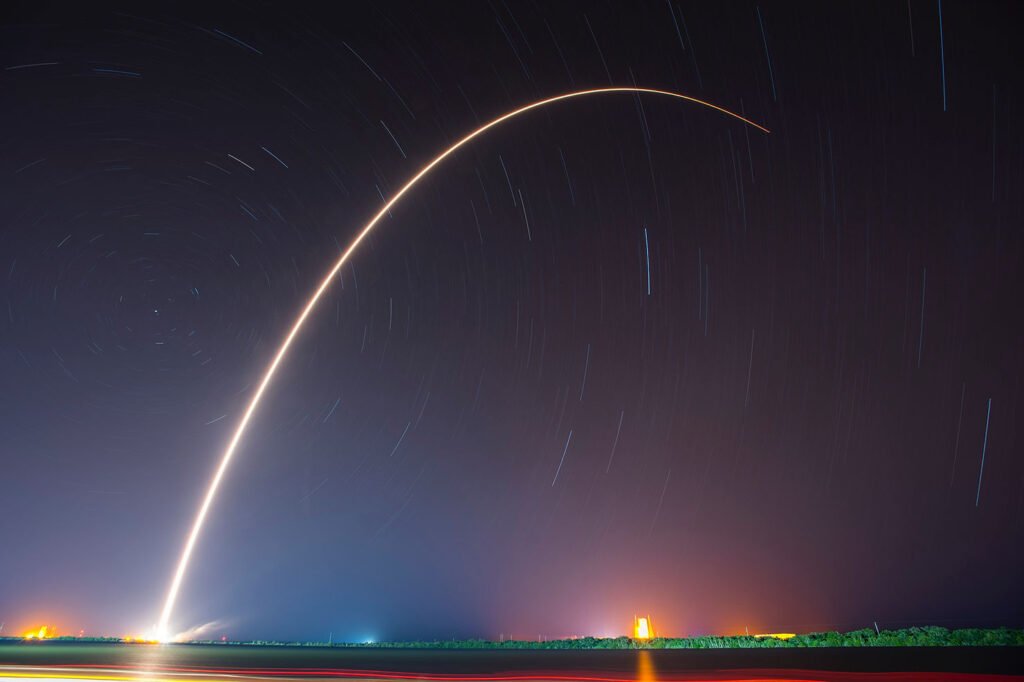In just a few short decades, the notion of spaceflight has transitioned from science fiction to a tangible, thrilling reality for civilians. Once the exclusive domain of government agencies like NASA and Roscosmos, space is now being redefined by private sector trailblazers. Companies like SpaceX, Blue Origin, and Virgin Galactic are not only pushing technological boundaries—they’re opening the final frontier to the public.
From Pioneering Rockets to Reusable Craft
The dramatic leap in rocket technology has been instrumental in this transformation. Reusable spacecraft, a concept once deemed improbable, have now become central to reducing the cost and risk of spaceflight. SpaceX’s Falcon 9 routinely lands and relaunches, cutting launch expenses and improving reliability. Blue Origin’s New Shepard and Virgin Galactic’s VSS Unity further illustrate how modern engineering and safety protocols are making space travel not only feasible but increasingly safe and efficient.
As a result, what was once a billion-dollar enterprise reserved for astronauts and elite professionals is fast becoming a luxury—albeit premium—for adventurous civilians and curious pioneers.
Experiencing the Cosmos Firsthand
What is it really like to leave Earth? Recent space tourism missions have offered awe-inspiring answers. Civilians aboard Virgin Galactic and Blue Origin flights have described the stunning curvature of Earth, the profound silence of space, and the exhilarating sensation of weightlessness—all within a suborbital arc that lasts mere minutes but leaves a lifelong impact.
Today’s space tourism offerings cater to a range of ambitions. Suborbital flights, like those from Blue Origin and Virgin Galactic, offer a brief but thrilling dip into space. Orbital missions, such as SpaceX’s Inspiration4, provide days in orbit aboard Crew Dragon capsules. Ambitiously, future plans include lunar flybys and extended stays aboard space stations, with companies like Axiom Space already laying the groundwork.
Even more exciting? The cost is trending downward. While ticket prices currently range from hundreds of thousands to millions of dollars, increasing competition and advancements in technology are expected to drive costs lower—broadening access for a much wider audience.
Navigating Challenges, Embracing Opportunities
This rapidly evolving frontier isn’t without its complexities. Space debris—the byproduct of decades of orbital missions—poses a serious risk to spacecraft and satellites. Agencies and startups alike are now investing in debris tracking systems and removal technologies to preserve the safety of future missions.
Environmental concerns are also front and center. Each rocket launch releases emissions that impact Earth’s atmosphere, and industry leaders are under growing pressure to develop greener propulsion systems and sustainable launch practices.
Yet, the benefits of space tourism may far outweigh the challenges. This burgeoning sector fuels innovation, supports STEM education, and could ultimately lead to new medical, material, and energy breakthroughs. Just as aviation once revolutionized global commerce and communication, space travel may unlock new frontiers in science and industry.
A Launchpad to Humanity’s Future
Perhaps most compelling is the role space tourism will play in the broader arc of space exploration. With public interest reignited, a new generation of scientists, engineers, and dreamers is emerging. The privatization of space is accelerating plans for space stations, lunar outposts, and even Mars colonization—endeavors that once belonged solely to speculative fiction.
As companies invest in infrastructure beyond Earth, the dream of a multi-planetary civilization inches closer to reality. The commercial space sector could soon serve as a catalyst for international cooperation, economic growth, and technological breakthroughs on an unprecedented scale.
The Future is Out There
Space tourism stands as one of the most transformative industries of the 21st century. It’s redefining what’s possible—not only for travel but for humanity’s future in the cosmos. As costs decline and innovations multiply, the stars are no longer out of reach. They’re becoming a destination.
Whether you’re a future space tourist, a science enthusiast, or simply someone with your eyes on the stars, one thing is certain: the space age is no longer a chapter of history—it’s our future. And that future is unfolding now.
Stay curious. Stay informed. And never stop dreaming—because space is open for business, and it’s waiting for you.



